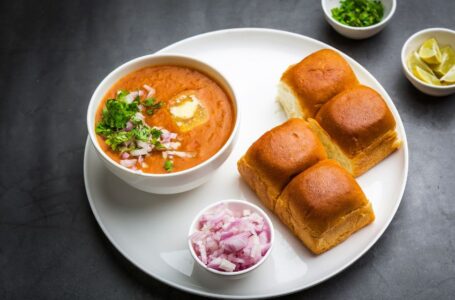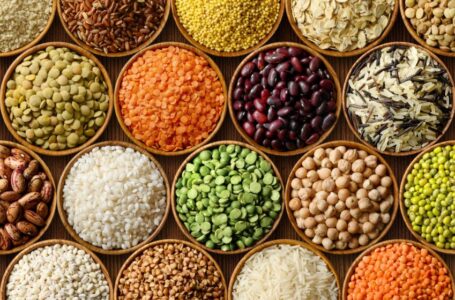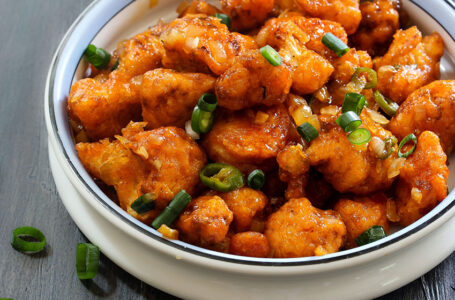Some of the weirdest foods found across the world
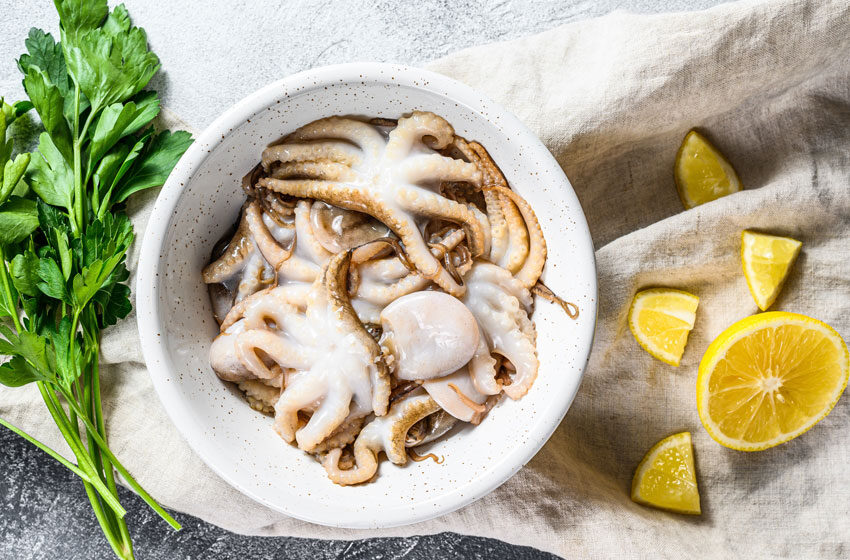
“The way to a man’s heart is his stomach” is a famous phrase that people have been using since time immemorial to indicate men’s vulnerability to good food. However, it is worth noting that when it comes to food, regardless of gender, we all love eating; apart from the routine of three meals a day, we often gorge on our favourite dishes whenever we can.
But did you ever eat something bizarre; around the world, people eat insects, animal intestines and poisonous fishes that might appear outlandish to you, but it is just another local food item to them. So, let us take a look at some of the world’s most unusual foods:
Pig’s blood cake
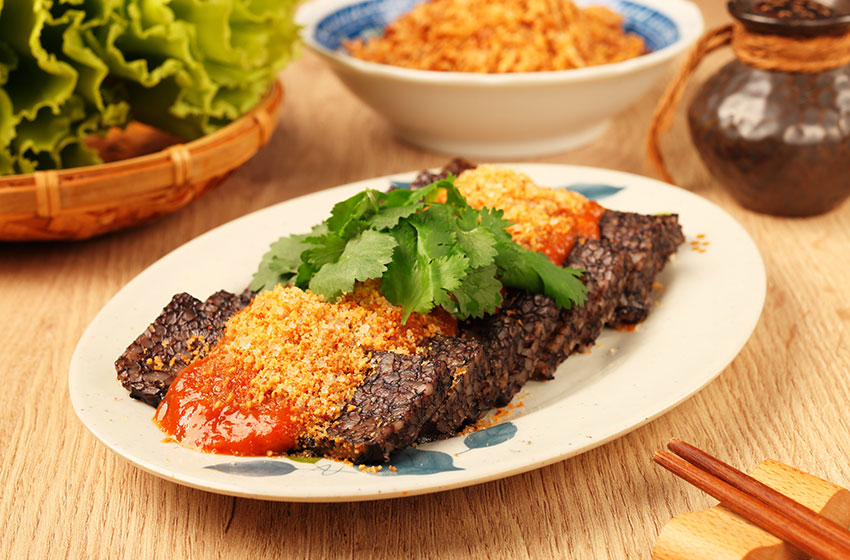
If you ever visit the Taiwanese night market, you will see strings of street food sellers selling different kinds of snacks and delicacies. For example, you could see some of them selling pig’s blood cake, a street delicacy made of sticky rice and pig’s blood. Moreover, the vendors create a semi-gelatinous, cohesive texture that maintains the integrity of each grain, giving it a chewiness reminiscent of Korean rice cakes or Japanese mochi.
Additionally, they bathe the finished block of sticky rice cake in a pork-soy broth that adds a sweet, umami flavour, then roll it in peanut flour and finish it with cilantro (and hot sauce, on request). The finished product is a savoury melding of meaty, nutty, and herbal flavours.
According to ancient Chinese traditional medicine practitioners, pig blood cakes several types of minerals, vitamins and iron that are good for our immune system. In addition, after its decomposition triggered by stomach acid or gastric juice, the plasma protein contained in the blood can detoxify harmful substances in our body.
Live Octopus
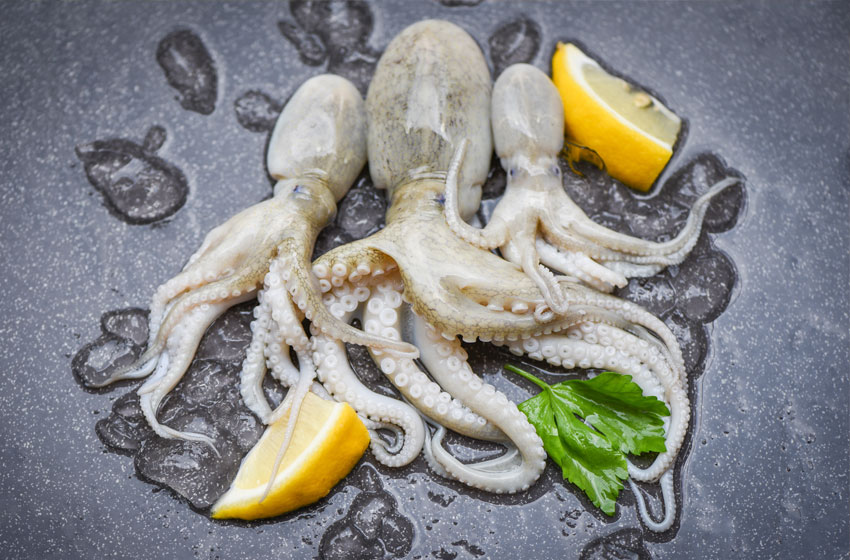
Raw food is considered healthy and tasty in some parts of the world; in some places, people eat insects and sea creatures that are alive. For example, in South Korea and Japan, people chew on tentacles from an octopus still moving; but there is a correct way to prepare the raw octopus before consuming it. First, you have to grab the octopus by the head and squeeze the tentacles downwards to remove the mucus, which is not pleasant to eat.
Then, to avoid getting the tentacles stuck in the throat while swallowing them, you need to cut them into small bite-size pieces. Besides, people try eating uncut tentacles of a live octopus and encounter instant choking; hence it is recommended to cut them into small pieces. Also, raw octopuses’ taste is chewy and soft and depending on their seasoning, generally paired with sesame oil, raw octopus takes on a subtle, nutty flavour. But it retains its smooth and slimy texture, which can also feel rubbery.
Grasshoppers

In Uganda, the grasshopper is known in the Lungandan language as “nsenene”, which describes the long-horned insects and is a popular delicacy. People harvest them during the rainy season in May and November; they collect the insect through an elaborate process. First, they burn fresh grass, and the rising smoke makes the insects dizzy, then they switch on the bright bulbs strung up around tall iron panels. Finally, the grasshoppers smash against the iron sheets, falling straight into the drums.
Apart from Uganda, grasshoppers are a common addition to street foods in Thailand, particularly in Bangkok, where the street vendors add them to pad thai. Also, people cook in different ways; some boil them while others deep fry them, squeeze some lemon juice, and add salt and garlic paste.
Durian
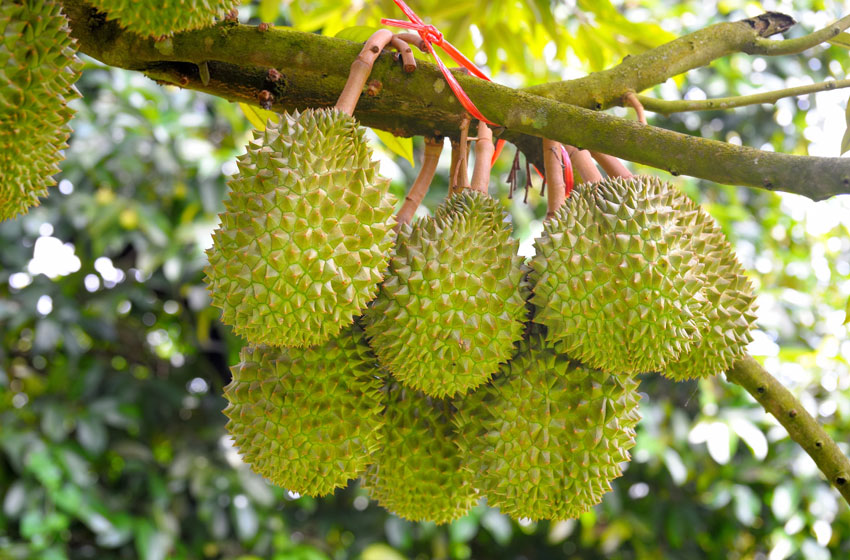
Durian is a large fruit found in Southeast Asia, particularly in the Malay Peninsula, Indonesia, and the island of Borneo. The fruit’s name is derived from the Malay word “duri”, meaning thorn, which relates to its appearance; the fruit’s outer shell looks like a spike-covered football helmet. But it is not how the fruit looks which led it to be counted amongst the most bizarre food; the fruit’s smell is repulsive to the extent that some Malaysian hotels banned it for the string stench that often ruins any place’s ambience.
Some people describe the strong odour of the fruit as rotten onions, turpentine, and raw sewage; hence, it is not a surprise that some places in Singapore and Hong Kong have made it illegal to carry the fruit in public transportation. However, despite the bad smell, the fruit is high in vitamins B1, B6, C, fibre, iron and potassium. Also, in some southeast Asian places, you’ll commonly find it a critical ingredient in candy, biscuits, ice cream, milkshakes, and even cappuccinos. In addition, it sometimes winds up in curries, can be eaten with rice, and is cooked like a vegetable every once in a while.
Grubs
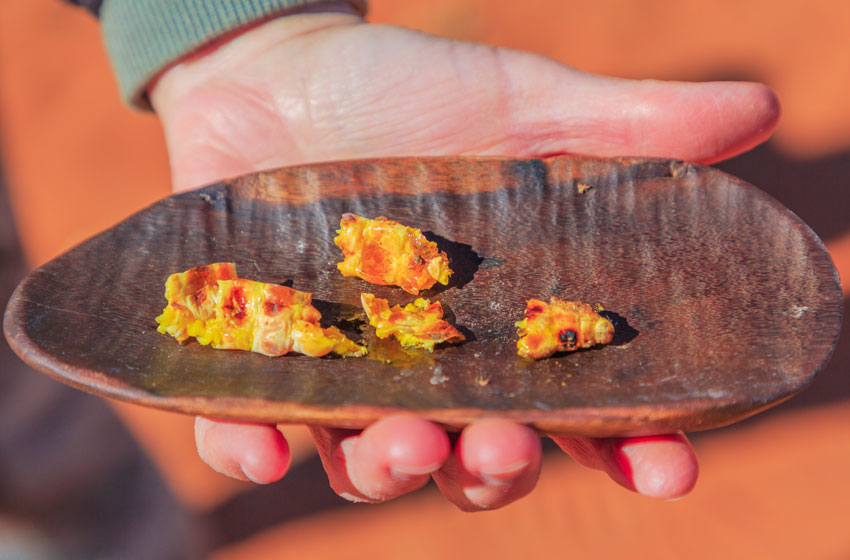
Grubs are the larvae of the cossid wood moth and are more commonly known as witchetty grubs, a staple of indigenous Australian diets. Women and children, the primary harvesters of the grubs, unearth them from inside the woody roots of the witchetty bush (although they can also be found in the roots of the river red gum tree and the black wattle tree). The grubs are favoured for being high in protein and easy to digest.
Traditionally, people eat grubs raw, skewered or barbecued; the latter results in a nice and crunchy textured skin. Also, many people who eat cooked grubs compared the taste to that of scrambled eggs, while others have described it as having a nutty flavour when they eat raw. Some even compare the flavour of barbecued witchetty grubs to chicken or prawns with peanut sauce.
The larvae have also begun to crawl into kitchens outside the desert. For example, in bush tucker (indigenous cuisine) restaurants, witchetty grubs are usually served as a grilled entrée, alongside kangaroo tail soup, emu fillet, and flathead fish.
Snake wine
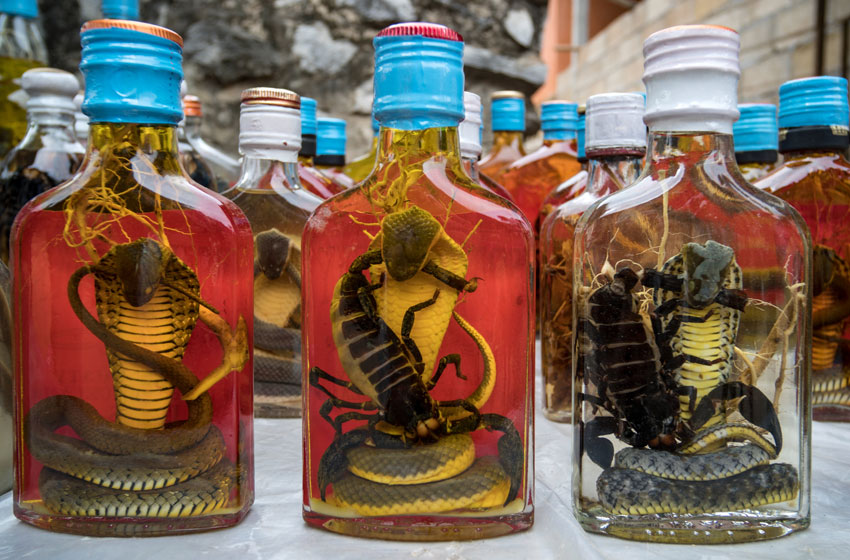
The concoction of snake and alcohol has a long history; the ancient Greeks used snake wine to cure retained placentas, and European herbalists and natural healers mixed adders and calamus roots with vodka. Similarly, people in Brazil steeped snakes in fermented sugar cane juice and sold them in the markets for religious purposes and as a cure for impotence, insect bites and rheumatism.
However, snakes are most common in Asia, particularly in Cambodia, China, Japan, Korea, Laos, Taiwan, Thailand, and Vietnam. Hence, walking along the busy streets and bustling markets will find rows of bottled snake wine (known in the local area as ruou ran). Moreover, the drink is sought to be a traditional medicine made by placing a snake into a bottle and pouring in rice wine (although reportedly ethanol and vinegar are sometimes used, and even rubbing alcohol and formaldehyde, which pose serious health risks).
Additionally, people add Scorpions, geckos, centipedes and various herbs, such as ginseng, to the bottle. Also, people promote the snake wine to effectively cure many illnesses such as
arthritis, lumbago, leprosy, excessive sweating, hair loss, dry skin, and far-sightedness. Besides, in Vietnamese culture, snakes signify heat and masculinity; hence snake wine is associated with boosting male potency.

